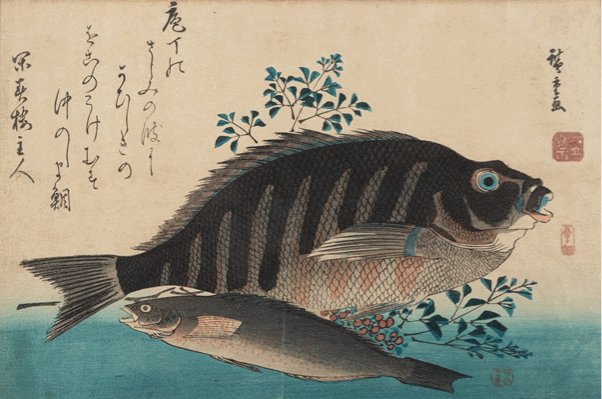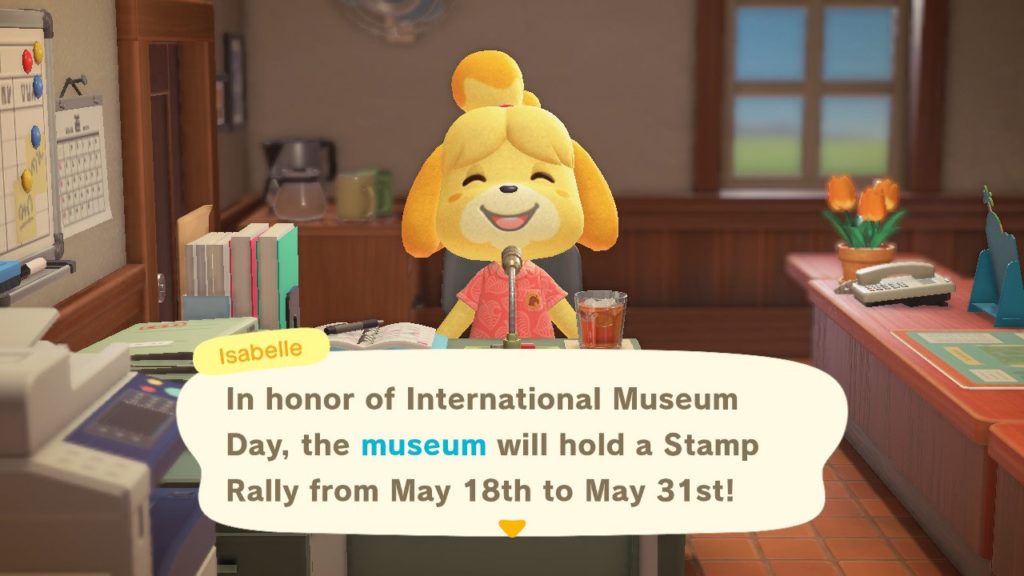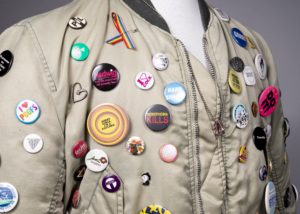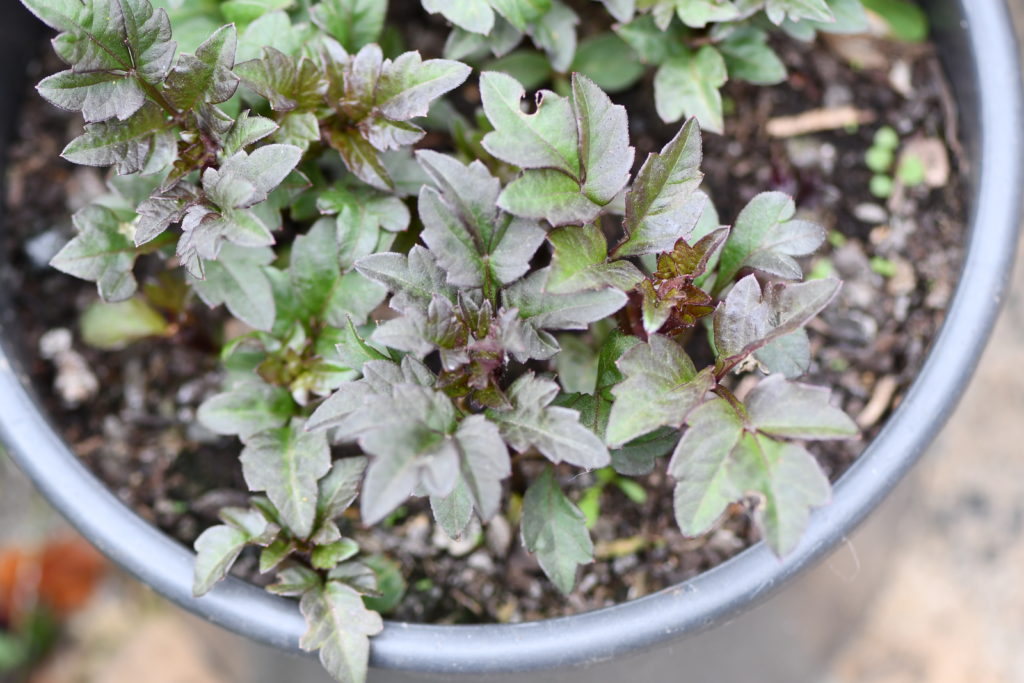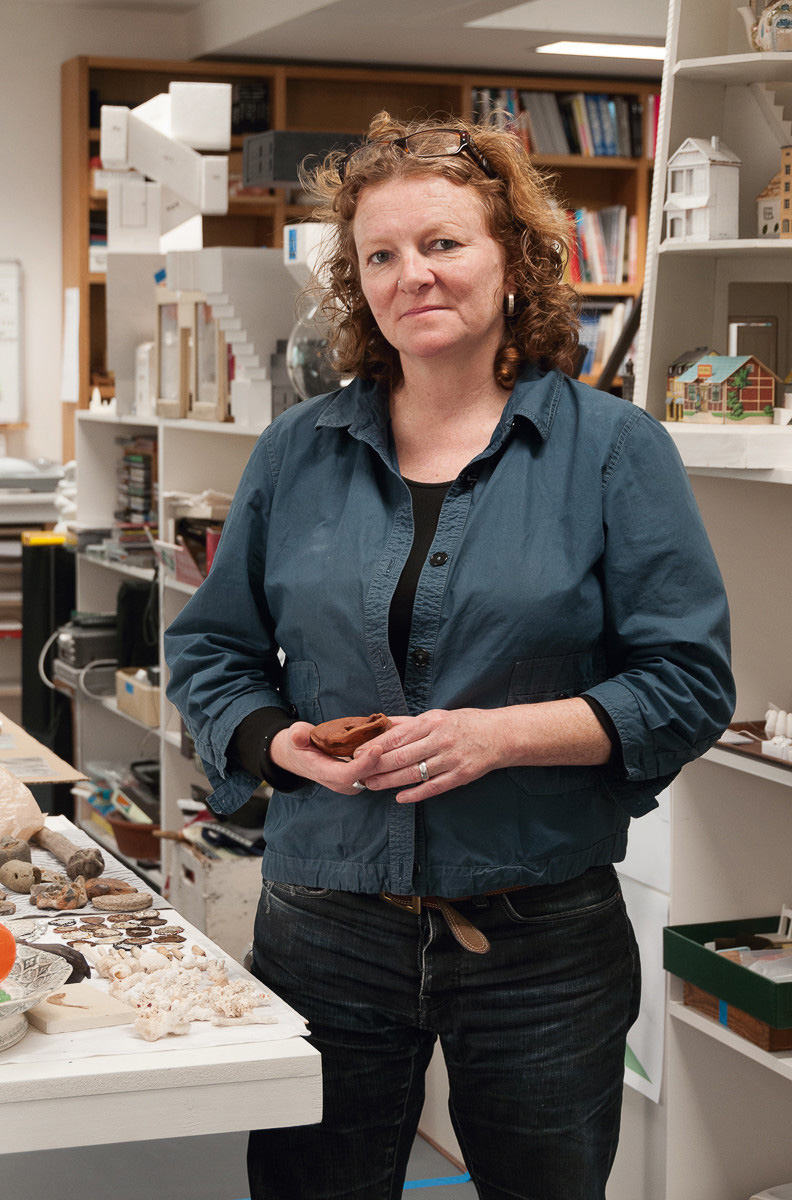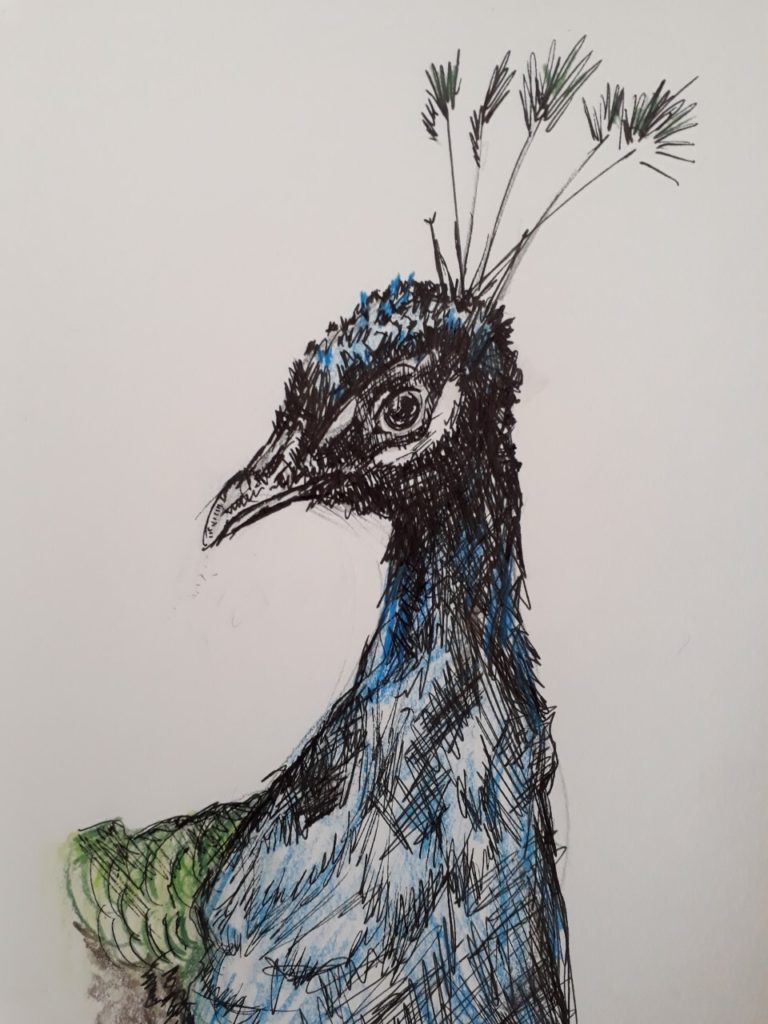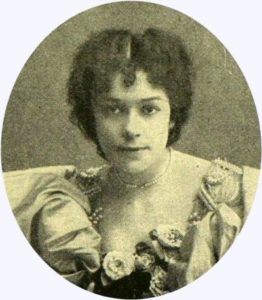
This is a legacy story from an earlier version of our website. It may contain some formatting issues and broken links.
Today we celebrate another incredible Sussex musician. One of the first and most successful women to make the most of the potential of recorded music was Southwick born, Dame Clara Butt (1872 – 1936). Dame Clara went on to become a world famous contralto singer with an extraordinary singing range whose performances could move audiences to tears and whose recordings won her millions of fans.
When, in the late nineteenth century Thomas Edison, and then Emile Berliner started to experiment with devices to record sound with phonograph cylinders, phonographs and gramophones, a revolution had started slowly to gather pace. As the century progressed and the machines, particularly the gramophone, became more affordable, it meant that music lovers wouldn’t have to attend a concert to enjoy the art form, it could be there for anyone to listen to at home, easily, cheaply, and whenever they wanted – maybe not yet at a flick of a switch but certainly with a little winding of a handle.
The new technology didn’t only democratise the enjoyment of music, it meant musicians and artists could have international careers as their work reached more ears far and wide.

Clara Butt, 1897
Dame Clara’s origins, however, as the daughter of an illiterate oyster fisherman who plied his trade in the River Adur were modest. Dame Clara lived as a child in Adur Terrace, a long demolished street that the Southwick Society website situates ‘on the north side of the coast road between what is now Victoria Road (then a path across the fields) and Ann’s Place a short distance west of Grange Road with the houses looking out on the eastern arm of the river Adur….. currently a lorry park.’ Dame Clara’s father was from Jersey while her mother Clara Hook, came from a local Shoreham family. The pair had married in Southwick’s St Michael’s Parish Church.
The Butts didn’t stay in Southwick long. When Dame Clara was a child, the family moved first to Jersey, then Bristol where she attended school. Her singing talent was quickly recognised and in 1890 she won a scholarship to the Royal College of Music with the local community clubbing together to support her training. Dame Clara’s professional debut came when she was still a student in December 1892 at the Royal Albert Hall in Sullivan’s cantata, ‘The Golden Legend’.

Clara Butt & Kenerly Rumford
From then, Dame Clara’s career took off rapidly with George Bernard Shaw, then a music critic, describing one of her performances as having ‘far surpassed the utmost expectations that could reasonably be entertained’, and Britain’s foremost composer of the day, Sir Edward Elgar, composing works especially for her to sing. Her recordings reached the ears of millions of people worldwide and Dame Clara toured Europe, Australia, New Zealand, Canada, Japan, and the USA, the first international star to go on tour as we understand it today. In 1900, such was her fame that, when she married the baritone Kennerley Rumford in Bristol Cathedral, crowds flocked to line the route, special trains were run from London, and a half-day holiday given to workers.
At six feet two inches tall, and always appearing in immaculate gowns and jewellery, Dame Clara understood the importance of portraying a striking image and was a commanding stage presence who could hold audiences in the palm of her hand. Even today, just looking at the sleeves of her gramophone records where she towers out like a great statue with a cool, confident gaze directly at the camera gives an indication of the thrill audiences must have felt watching her perform.
These days Dame Clara is best remembered for her performances of ‘Land of Hope and Glory’, which became her signature song. With music by Elgar and words added later by A. C. Benson, Dame Clara was the first to perform the work in 1902 and later claimed that she gave Elgar the idea for the words. Her gutsy performances – the conductor, Sir Thomas Beecham once quipped that when she sang it in the Royal Albert Hall, people in Calais would hear – earned her the title of ‘Voice of the Empire’ and came to stand for an Edwardian pre-First World War England who, with a huge empire and booming economy, saw itself in its prime. It was said that when she recorded the song it sold so rapidly that there wasn’t a gramophone in the whole of England without a copy of her record lying beside it.
Later, she would give spirited performances of the song to rally morale and boost hope during the First World War, mostly for war charities, for which she raised the enormous sum of £100,000 and was subsequently awarded a DBE.
At the peak of her success, Dame Clara didn’t forget her Sussex roots. In 1903 she bought a luxury apartment in St Aubyns Mansions on the Hove seafront, at the time the nearest residential block to the sea. She lived here until 1906.
Just over one hundred years later a blue plaque was erected on the building, financed by the residents of St Aubyn’s Mansions with support from the Brighton and Hove Commemorative Plaques Panel. Uniquely, the building holds two blue plaques for women as another towering presence of Edwardian entertainment, the male impersonator and music hall star, Vesta Tilley, also lived in the building, although several years later than Dame Clara.
Sadly, in spite of Dame Clara’s dazzling career and great service to others, her life wasn’t without tragedy. Two of her three children died before her, one of meningitis while still at school and the other of suicide. During the 1920s, she became seriously ill with cancer of the spine, although she still worked and recorded.
The fans of Dame Clara Butt are still many and today she’s regarded as a cultural icon of the late Victorian and Edwardian eras. As an early star of recorded music she was one of the first people who, able to reach out to a wider listenership than ever before, laid down the template of the modern music star as we know it.
Written by social historian, Louise Peskett
